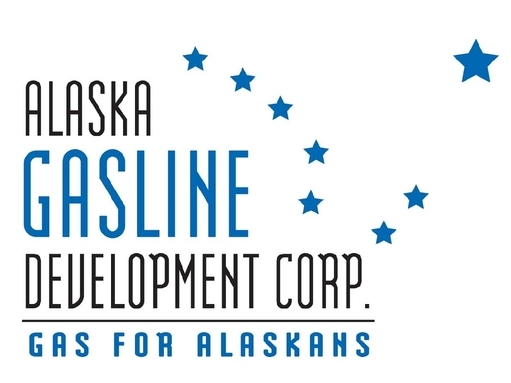New milestone in Alaska gas line project: The state is taking over

The state gas line corporation on Wednesday reached a milestone in its effort to take over the Alaska LNG project, authorizing two agreements with Exxon Mobil, BP and ConocoPhillips, including one giving the state the rights to about $600 million worth of accumulated project data.
The second agreement allows the state to notify the lead permitting agency, the Federal Energy Regulatory Commission, that the three oil companies will withdraw from the gas pipeline application they have before the agency, leaving the state-owned Alaska Gasline Development Corp. as the lone applicant.
Neither agreement can be disclosed because of the state’s confidentiality agreements with the oil companies. The Legislature has given the project a broad exemption to state public records law.
Two other transition agreements must still be completed, with plans calling for signing those early next year, said Keith Meyer, AGDC president. Those agreements would give the state the project’s federal export license and control of land near Nikiski to build a plant to liquefy North Slope gas, key assets currently owned by the oil companies.
“Big day,” said Meyer, shortly before the seven-member board, with board member and state Labor Commissioner Heidi Drygas excused for an absence, approved the signing of the agreements with no dissenting votes.
The oil companies have pursued the project since 2012. The state later became an equity partner, spending about $140 million of the roughly $600 million spent on studies and other costs.
The changes to the joint venture agreement providing information to the state also includes historical data from past gas line studies in Alaska, said Meyer.
“It includes 33,700 pages of resource reports filed with FERC,” he said. “A lot of effort went into those reports. So it’s all that information in those reports, but also all the data used to generate those reports.”
The oil companies grew wary of spending more money on the $55 billion project following the release of a report in August by energy consulting firm Wood MacKenzie. The study viewed the project in its current form as uncompetitive, due to its high costs and a glut of LNG projects competing around the world.
But the study also said a state-led project could achieve advantages that lower costs and improve its outlook, including possible federal tax exemptions. The oil companies have said they will provide gas to a state project at commercially reasonable terms.
Gaining state control of the export license and the land could cost AGDC, said Dave Cruz, board chair.
Meyer said the agency currently has about $100 million to work with, including about $70 million that has been part of a smaller gas line project under AGDC’s control known as the Alaska Standalone Pipeline Project, designed to provide in-state gas if a large-diameter pipeline isn’t built.